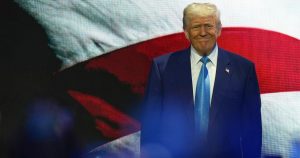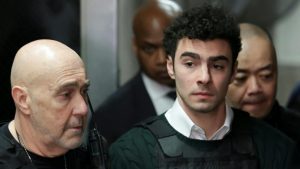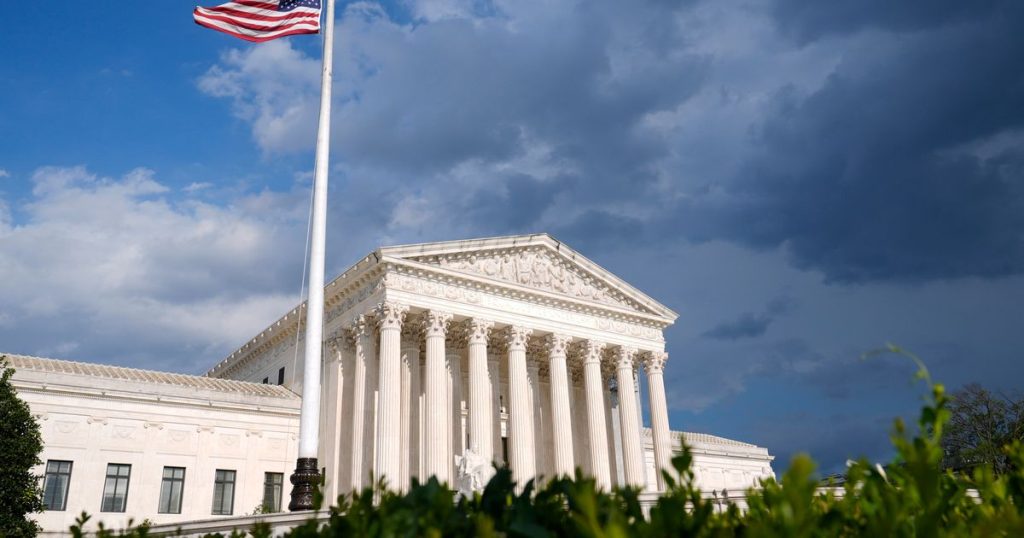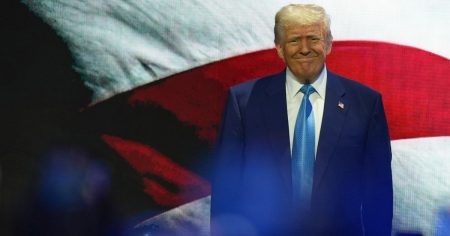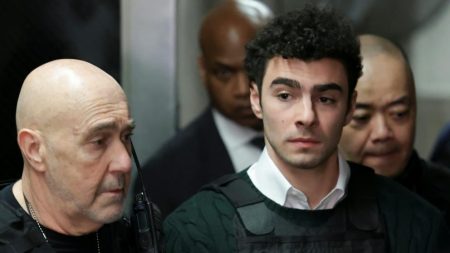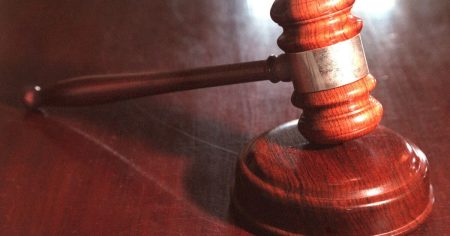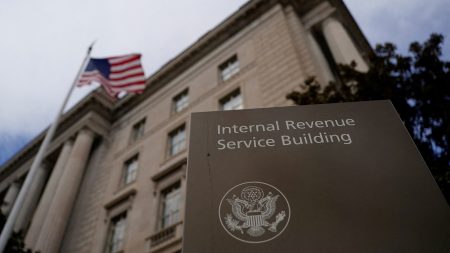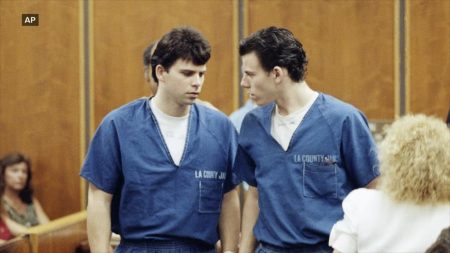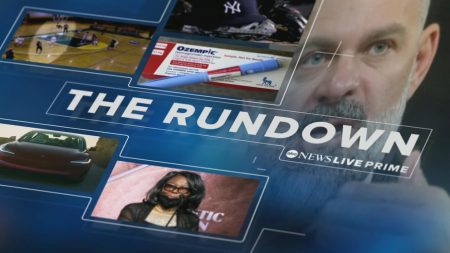Supreme Court Temporarily Blocks Removal of Whistleblower watchdog
A Temporary Reprieve: The Court’s Decision
The Supreme Court has issued a temporary order allowing Hampton Dellinger, the head of the Office of Special Counsel, to remain in his position until at least February 26. This decision comes amid ongoing legal battles over President Donald Trump’s second-term agenda, marking the Court’s first foray into these disputes. The Court neither granted nor outright rejected the administration’s request to remove Dellinger but instead held the request in abeyance, noting the imminent expiration of the lower-court order protecting him.
The Court’s decision revealed a ideological split among its members. Justices Neil Gorsuch and Samuel Alito sided with the administration, while Justices Sonia Sotomayor and Ketanji Brown Jackson favored rejecting the request. The conservative-dominated Court has historically shown a robust view of presidential power, particularly in cases involving executive authority. This precedent was underscored in a previous decision granting presidents immunity from prosecution for actions taken in office.
The Broader Implications of Presidential Power
The Justice Department has argued vociferously for Dellinger’s removal, asserting that the lower court’s actions have overstepped a constitutional boundary. In court filings, Acting Solicitor General Sarah Harris contended that preventing Trump from firing Dellinger hinders his ability to shape the agenda of an executive-branch agency during the administration’s crucial early days. This sweeping argument reflects the administration’s broader push to assert presidential authority, particularly in the realm of personnel decisions and agency leadership.
Harris’s argument aligns with a larger conservative push to expand executive power. She emphasized the need for the Court to establish clear limits on judicial intervention, citing recent instances where federal judges have blocked numerous presidential actions. The administration seeks to ensure that the judiciary does not unduly constrain the president’s ability to manage the executive branch, a principle that has been central to Trump’s approach to governance.
The Role of the Office of Special Counsel
At the heart of this legal battle is the Office of Special Counsel, a federal agency tasked with protecting government whistleblowers and ensuring compliance with civil service laws. The agency is a critical safeguard against illegal personnel actions, including retaliation against whistleblowers. Its leader, Hampton Dellinger, was appointed by President Joe Biden and confirmed by the Senate to a five-year term in 2024. Federal law dictates that the head of the OSC may only be removed for specific cause, such as inefficiency, neglect of duty, or malfeasance in office.
This legal protection is designed to shield the OSC from political interference, ensuring its independence and effectiveness in enforcing federal workforce protections. Dellinger’s tenure has been a focal point of the administration’s efforts to assert control over executive-branch agencies, particularly those with oversight roles that could impede its agenda.
The Conservatives’ Challenge to JudicialLimits
The Court’s decision comes against the backdrop of a broader conservative effort to redefine the limits of presidential authority. In recent years, the Court has chipped away at the precedent established by Humphrey’s Executor, a 1935 ruling that protected the leaders of independent agencies from arbitrary removal by the president. The administration has signaled its intent to overturn this decision entirely, arguing that it unduly constrains executive power.
In a 2020 ruling, the Court upheld Trump’s first-term firing of the head of the Consumer Financial Protection Bureau, with Chief Justice John Roberts writing that “the President’s removal power is the rule, not the exception.” However, Roberts also acknowledged that the OSC occupies a unique position within the executive branch, exercising limited jurisdiction over federal workforce issues rather than wielding broader regulatory authority. This distinction may prove significant in future legal battles over the president’s authority to remove agency heads.
Historical Context of the Humphrey’s Executor Decision
The Humphrey’s Executor decision was a landmark ruling that established limits on presidential removal power for certain executive-branch officials. The case, decided during the administration of President Franklin D. Roosevelt, held that the president could not arbitrarily fire a member of the Federal Trade Commission. The ruling recognized that independent agencies required a degree of insulation from political pressure to perform their duties effectively.
Over the decades, this decision has been both defended and challenged, particularly as the role of the executive branch has expanded. Conservatives have increasingly questioned the limits imposed by Humphrey’s Executor, arguing that they infringe on the president’s constitutional authority to manage the executive branch. The current administration’s efforts to overturn this precedent reflect a broader shift in judicial and political thinking about the separation of powers and the scope of presidential authority.
The Future of Executive Power and Judicial Oversight
Looking ahead, the Court’s handling of this case could have far-reaching implications for the balance of power between the executive and judicial branches. The administration’s aggressive push to expand presidential authority has already yielded significant results, including the erosion of protections for independent agency heads. Should the Court ultimately overturn Humphrey’s Executor, it would mark a major shift in constitutional law, with potential consequences for the independence of agencies like the National Labor Relations Board and the Merit System Protection Board.
For now, Dellinger remains in his position, at least until February 26, when the lower-court order expires. The Court’s decision to delay action on the administration’s request suggests a cautious approach, one that acknowledges both the complexities of the legal issues and the high stakes involved. As the legal battles over Trump’s second-term agenda continue, the Court’s ultimate ruling on presidential removal power could reshape the landscape of executive authority for years to come.
In the interim, the Court’s decision highlights the ongoing tension between presidential authority and judicial oversight. The administration’s efforts to assert control over executive-branch agencies have been met with resistance from both the judiciary and civil service protections, reflecting a deeper debate about the role of the presidency in modern governance. As these legal struggles unfold, the outcome will have profound implications for the future of executive power and the balance of the U.S. constitutional system.

